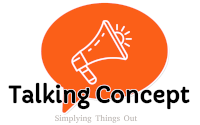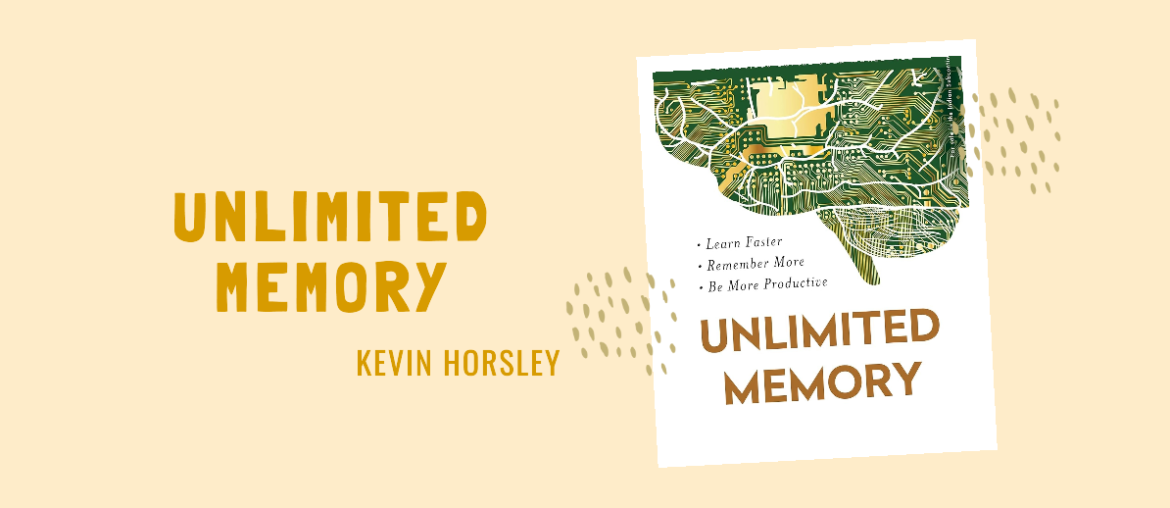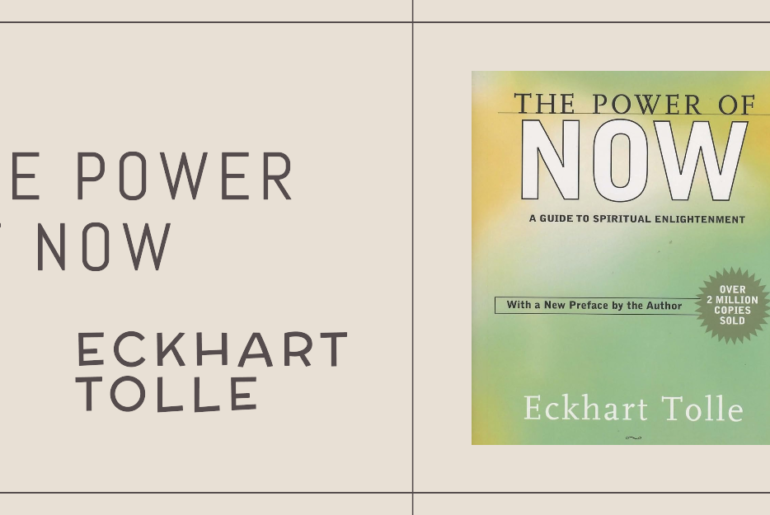The following article presents a summary of the book titled ‘Unlimited Memory’ written by Kevin Horsley. It also attempts to bring out the lessons one can learn from this book.
Would you like a speech from an orator, who periodically takes a pause and refer to his notes? Or like to be attended by a doctor, who after examining your body, searches the web to find the remedy for the disease that infected you?
Do you recall the movie, Ghajini? The main character in this movie was having short-term memory loss and used to forget most of important things. Therefore, he always carries a photograph and diary with him to get reminded. How difficult life will be this way?
These examples just show that besides learning and decision-making, being able to retain information is a very critical thing that our brain does. As Kevin puts in,
Memory is the corner stone of our existence. It determines the quality of our decision and, therefore, our entire life!
Kevin Horsley
Like any other habit, our memory can be improved with the right kind of training and practice. Kevin himself wasn’t born with a good memory. However, over time with practice and using memory techniques, he attained the title of the grandmaster of memory.
This book presents the different techniques that are used by the grandmasters to pull off those impossible memorizing tasks, like memorizing 10000 digits of PI. Kevin strongly believes that anyone with sincere training can do the same. In our normal working life, we might not require to memorize to such a large extent. However, learning these techniques to improve our memory does have some obvious benefits.
Concentration
Concentrate all your thoughts on the task at hand. The sun’s rays do not burn until brought to a focus.
Alexander Graham Bell
A common cliché is that – if there is no attention, there is no retention. If melting glaciers are the information that you want to memorize, and sea & oceans are your memory; then the concentration is the entire course of the river.
Training the brain to focus more is not a difficult task until we deliberately make it. The problem of today’s time is more towards attention management rather than attention itself. To retain information, a decent concentration is required, which anybody can manage. However, we allow our precious focus to scatter in different trivial things, like smartphone notifications and thereafter forget something more important and critical.
Create Imagery & Connecting Concept Together
Isn’t it amazing how we take them for granted? Those little black mark on paper. Twenty-six different shapes know as letters, arranged on endless combinations, known as words, lifeless, until someone’s eye falls on them.
Arthur Gordon
Brilliant memory isn’t some special gift rather it is a learnable skill. The easiest way to learn this skill is to use our imagination. Therefore, information needs to be imagined and played with (like a movie). This way you not only memorize information with great detail but also improve your understanding, otherwise, it will be boring.

These internal mind movies of information need not be something that is naturally occurring and is very genuine. Rather, as Kevin has insisted, your imagination should sound funny and out of the world as possible. There is no scientific evidence to prove that learning should be a serious thing. So, be as playful as you can with the information and its imagination.
The SEE Principle
Kevin defines the SEE principle as a guided step to transform information into vivid imagination. The SEE principle stands for S – Senses, E – Exaggeration & E – Energize.
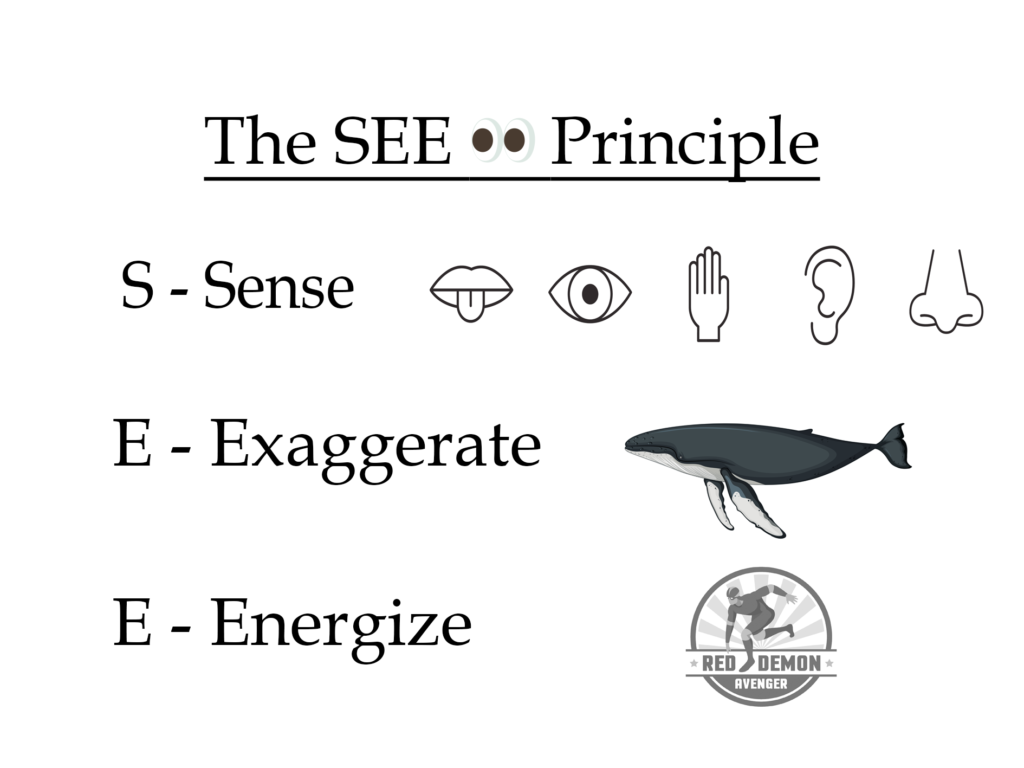
Let’s understand this principle with a simple example. Suppose you have to remember the full name of the author of this book i.e. Kevin Horseley. The first name is fairly easy as Kevin is a common name. The difficult part is the surname.
So using SEE principle lets try to memorize it. First ‘S’ is for the Senses. The word Horseley itself sounds like a horse hence imagine a horse and sense it. In your imagination, see a horse, hear the horse, smell the horse, touch the horse, and even taste the horse. (I know tasting the horse is kinda gross, but it is just an imagination.)
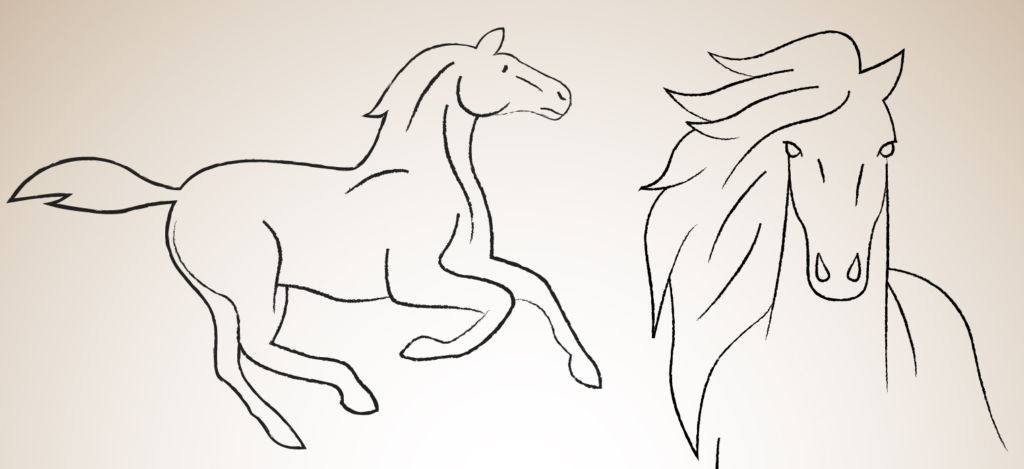
The next step is to use the first ‘E’ of the SEE principle. That is to Exaggerate things out. Therefore, our imagined horse is not normal. It is a mega-giant and is the size of a 5-storey building. And why it has just four legs? No, my horse has 6 (or 8) legs.
The last step is to use the second ‘E’ of the SEE principle. That is to Energize our imagination. By energizing the imagination, it means, making the horse do something that you want it to. Imagine this giant 6-legged horse has just appeared in your city and destroying building one after the other. And you are watching all this destruction through your house window.
The entire idea is to SEE the information that you want to retain. This principle requires time to practice. After that, you will be able to SEE every piece of information in a fraction of second effortlessly. Of course, people are there with the excuse that I do not think of information this way. Kevin replies to them as “This is not the way that I naturally think either; this is how I have taught myself to think because it works”.
Connecting The Concepts
Using the SEE principle, you can memorize a single piece of information. In case you have to memorize a long chain of information, you need a new method to individually link them. Kevin has described numerous ways to do that.
Among other methods to associate concepts, Kevin describes the Journey or route method to be the most powerful. Allow me to give a quick and simple example of this method.
Suppose you want to memorize the name of the last five RBI governors. That is from Y. V. Reddy to present Shaktikanta Das.
The first step is to imagine a place or route you are very familiar with. For example, it can be your way to school, college, shopping centers or the rooms of your own house. Just make sure, it should have a lot of easily recognizable things.
To memorize the above five names in order, I am using my house to be that familiar place. The five easily recognizable points in my house will be a hall room, kitchen, dining room, my room and house worship place (which is in my room).
| S.no | Name | Portrait | Room Location |
| 1 | Y. Venugopal Reddy (2003-2008) |  | Hall |
| 2 | D. Subbarao (2008-2013) |  | Kitchen |
| 3 | Raghuram Rajan (2013-2016) |  | Dinning Room |
| 4 | Urjit Patel (2016-2018) |  | My Room |
| 5 | Shaktikanta Das (2018 – present) |  | Worship place |
Next using the SEE principle, place each information subject in a room; starting from Y. V Reddy. The surname Reddy makes me imagine a man doing warm-up exercises and getting ready to run. Therefore, using SEE, I imagine Y.V. Reddy doing warm-ups in the hall. The next governor is D. Subbarao and the next place in my house is the kitchen. So, I imagine D. Subbarao cooking Biryani in the kitchen. For Raghuram Ranjan, since his name has the word Ram; I imagine Lord Ram and Mr. Rajan are eating together in my dining room. Then comes Urjit Patel, since the word ‘Urjit’ means powerful, strong, and full of energy. I imagine him jumping up and down in my bed. Lastly, for Shaktikanta Das, since his name has the word ‘Shakti’ and ‘Das’; I imagine him worshipping Goddess ‘Durga‘ and reciting mantras in the worship place of my house.
You are completely free in your imagination. The funnier & awkward your imagination, the easier it will be for you to remember. When all the imaginations and actions are ready, I just have to walk from my house’s hall to the worship place and imagine what each Governor was doing. That’s it!
Try it yourself, do you remember the above five names in order? If yes, try to memorize the tenure.
Continuous Use
The memory techniques presented in this book are all learnable skills. But to master, any skill one requires self-discipline and lots of practice.
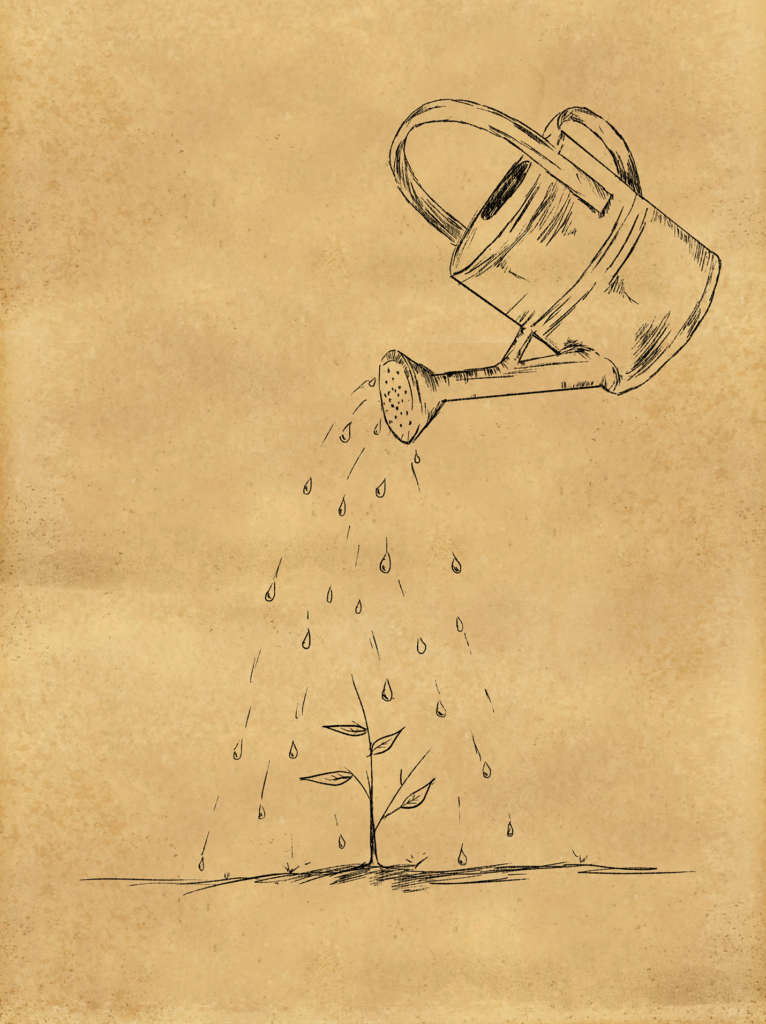
Another important thing is to regularly review the information you have learned. Just like, if you don’t water the plants every day, they shrink their leaves and ultimately die. Similarly, if you don’t review your memorized stuff; it will fade with time and ultimately be lost. Once it is lost, you again have to start from the beginning of learning and memorizing it.
Therefore, Kevin advises making a periodic schedule to review the information you want to retain longer.
Final Thoughts
This book is full-packed with learnable memory techniques and Kevin attempts to make them enjoyable and funny. For me, the best theory placed in this book is that “Memory is not a thing that happens to you; you create your memories”.
People usually blame others for their bad memories. But the truth is that you can be completely in charge of, what and how much to retain in memory. Thus, a bad memory is just an excuse for learning.
You are the source of all your memories and remembering is a choice! There is no magic when it comes to memory improvement; there is only management.
Horsley, Kevin. Unlimited Memory: How to Use Advanced Learning Strategies to Learn Faster, Remember More and be More Productive (p. 163).
This book can be life-transforming only when you patiently play with it.
Discover more from talkingconcept.com
Subscribe to get the latest posts sent to your email.
